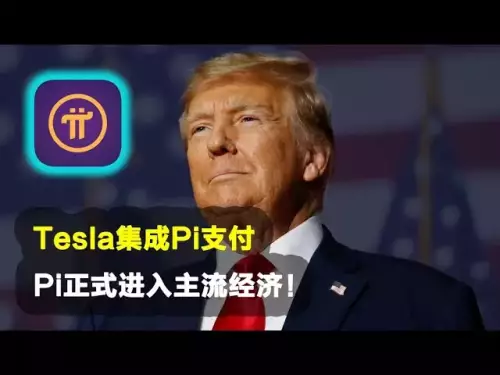-
 bitcoin
bitcoin $117366.968408 USD
0.60% -
 ethereum
ethereum $4611.537173 USD
-0.02% -
 xrp
xrp $3.089373 USD
0.06% -
 tether
tether $1.000286 USD
-0.03% -
 bnb
bnb $986.505381 USD
-0.03% -
 solana
solana $247.629906 USD
0.68% -
 usd-coin
usd-coin $0.999771 USD
-0.03% -
 dogecoin
dogecoin $0.281380 USD
-0.26% -
 cardano
cardano $0.931695 USD
1.71% -
 tron
tron $0.352059 USD
2.40% -
 hyperliquid
hyperliquid $58.226337 USD
-0.94% -
 chainlink
chainlink $24.805082 USD
3.27% -
 avalanche
avalanche $35.625687 USD
10.55% -
 ethena-usde
ethena-usde $1.000922 USD
-0.02% -
 sui
sui $3.883984 USD
2.13%
How do I understand "margin call" and "forced liquidation" in futures contracts?
A margin call demands immediate funds when account equity drops below maintenance levels, risking forced liquidation if unmet.
Sep 18, 2025 at 09:00 am
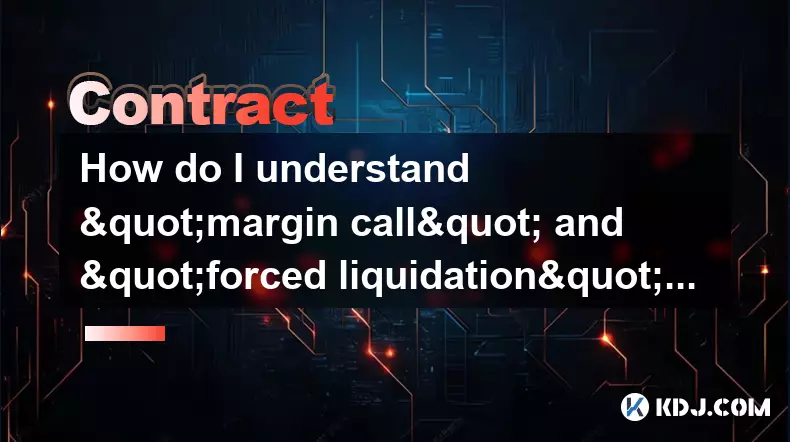
Understanding Margin Call in Futures Trading
1. A margin call occurs when the equity in a trader’s account falls below the maintenance margin requirement set by the exchange or broker. This typically happens during sharp price movements against an open futures position.
2. Traders using leverage must deposit an initial margin to open a position. As losses accumulate, the remaining equity in the account decreases. Once it drops to a predefined threshold, the system issues a margin call.
3. Upon receiving a margin call, traders are required to deposit additional funds or collateral immediately to restore their account to the required level. Failure to do so can trigger further actions from the platform.
4. The urgency of a margin call lies in its time-sensitive nature—traders often have minutes or even seconds to respond, depending on market volatility and platform rules.
5. Some platforms offer automatic top-up features linked to external wallets, which can help prevent missed calls during high-speed trading environments.
The Mechanics of Forced Liquidation
1. If a margin call is not met within the specified timeframe, the trading platform initiates forced liquidation. This means the system automatically closes part or all of the trader’s leveraged positions.
2. The goal of forced liquidation is to prevent further losses that could exceed the trader’s deposited collateral and potentially harm the platform or other users.
3. Liquidation usually happens at unfavorable prices due to slippage, especially in low-liquidity markets, leading to higher-than-expected losses for the trader.
4. Most exchanges use a liquidation engine that monitors positions in real-time, triggering closures once the estimated margin ratio hits zero or a preset negative threshold.
5. After liquidation, any remaining balance—after covering the loss—is returned to the user, though this amount may be minimal or even zero in extreme cases.
Risk Management Strategies Around Margin and Liquidation
1. Setting stop-loss orders can help limit downside exposure before a margin call occurs, although they do not guarantee execution at exact prices during fast-moving markets.
2. Using lower leverage reduces the likelihood of facing rapid equity depletion, giving traders more breathing room during adverse price swings.
3. Monitoring funding rates and mark prices across different exchanges helps anticipate potential triggers for liquidation, especially in perpetual futures contracts.
4. Traders should regularly check their wallet health indicators provided by platforms, including margin ratios, liquidation prices, and unrealized P&L, to stay ahead of critical thresholds.
5. Diversifying positions across multiple assets and avoiding over-concentration minimizes systemic risk tied to a single volatile instrument.
Frequently Asked Questions
What is the difference between initial margin and maintenance margin?Initial margin is the amount required to open a leveraged position, while maintenance margin is the minimum equity needed to keep the position active. If account equity falls below maintenance margin, a margin call follows.
Can I avoid forced liquidation entirely?While it cannot be completely eliminated, the risk can be significantly reduced through conservative leverage use, active monitoring, and maintaining extra funds in the account to absorb sudden drawdowns.
How is the liquidation price calculated?The liquidation price is derived from the entry price, leverage used, and current fees or funding costs. It represents the market price at which the available margin is insufficient to cover losses, prompting automatic closure.
Do all futures platforms handle margin calls the same way?No. Different exchanges have varying rules regarding grace periods, notification methods, and whether partial or full liquidation occurs. Some platforms may close positions gradually, others in one action.
Disclaimer:info@kdj.com
The information provided is not trading advice. kdj.com does not assume any responsibility for any investments made based on the information provided in this article. Cryptocurrencies are highly volatile and it is highly recommended that you invest with caution after thorough research!
If you believe that the content used on this website infringes your copyright, please contact us immediately (info@kdj.com) and we will delete it promptly.
- Upbit Lists Ether.fi (ETHFI) and More: A New Era for Altcoin Trading?
- 2025-09-19 16:45:12
- Coinbase & DeFi Lending: A New Era with Morpho Integration?
- 2025-09-19 16:25:14
- BNB, XRP, BlockDAG: Decoding the Latest Crypto Buzz
- 2025-09-19 16:45:12
- Unlock Better Prices & Seamless DeFi Trading with Cross-Chain Swaps
- 2025-09-19 16:25:14
- MoonBull: Riding the Meme Coin Wave with the Hottest Crypto Presale
- 2025-09-19 16:30:01
- Bitcoin's Bull Run: ETF Inflows and Price Predictions Heat Up!
- 2025-09-19 16:30:01
Related knowledge

What is the long-short position ratio?
Sep 18,2025 at 08:36pm
Understanding the Long-Short Position Ratio in Crypto TradingThe long-short position ratio is a key metric used by traders and analysts in the cryptoc...
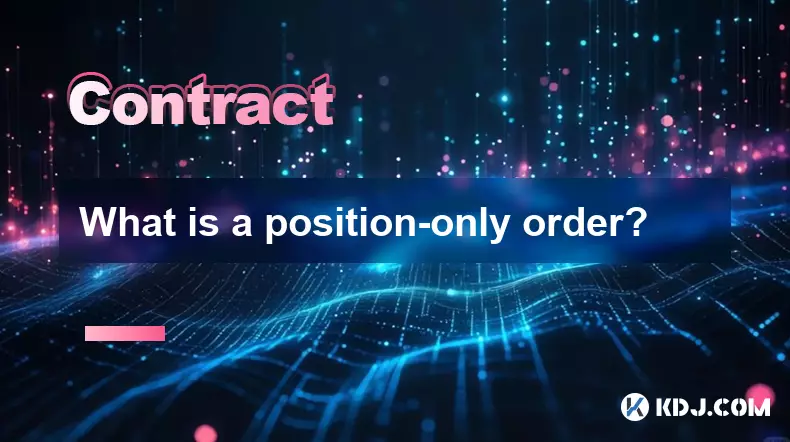
What is a position-only order?
Sep 19,2025 at 02:00pm
Decentralized Finance and Its Role in Modern Cryptocurrency Ecosystems1. Decentralized finance, commonly known as DeFi, has restructured how financial...
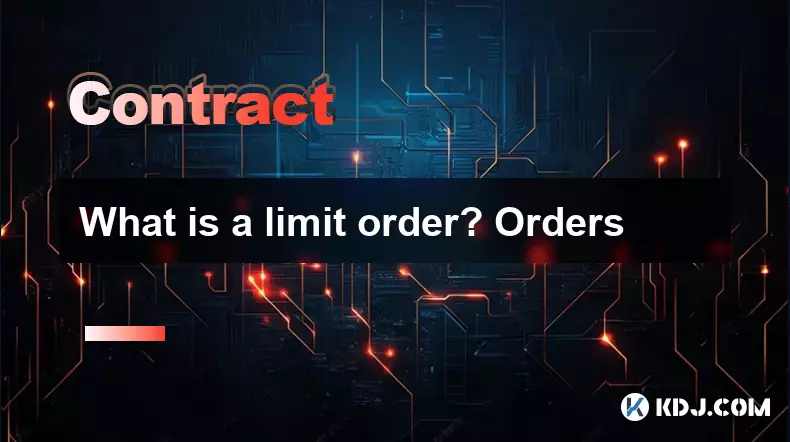
What is a limit order? Orders
Sep 19,2025 at 12:36am
Understanding Limit Orders in the Cryptocurrency Market1. A limit order is a type of trade instruction that allows traders to set a specific price at ...
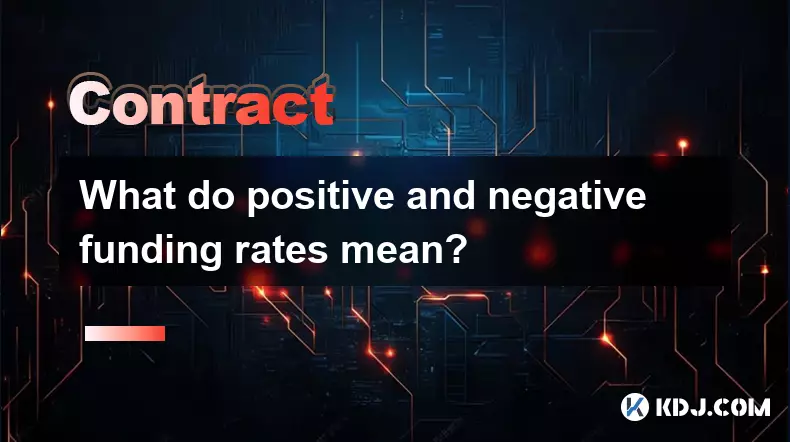
What do positive and negative funding rates mean?
Sep 18,2025 at 10:18pm
Understanding Funding Rates in Crypto DerivativesFunding rates are a crucial mechanism in perpetual futures contracts within the cryptocurrency market...
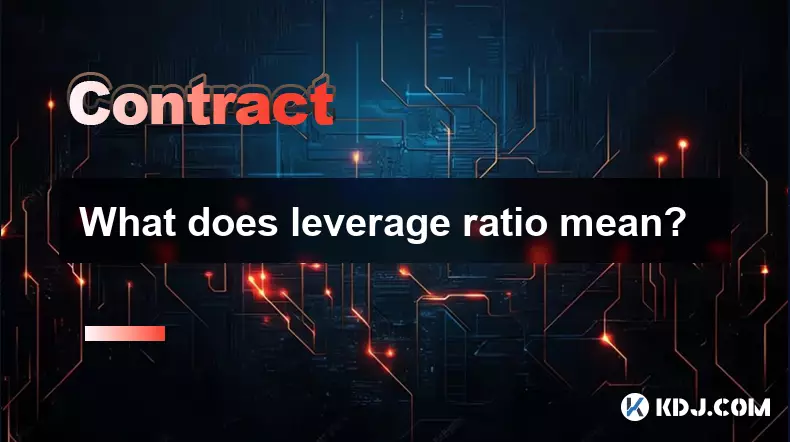
What does leverage ratio mean?
Sep 18,2025 at 07:19pm
Leverage Ratio in the Cryptocurrency Trading ContextIn cryptocurrency trading, the leverage ratio defines the amount of borrowed capital a trader can ...
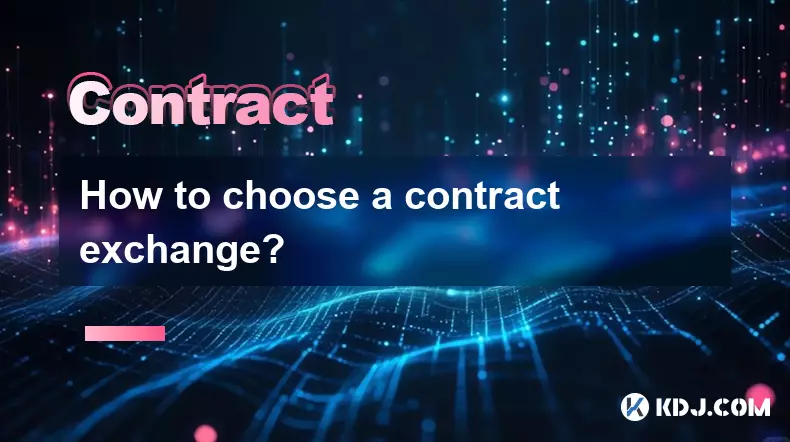
How to choose a contract exchange?
Sep 19,2025 at 12:18am
Understanding the Security Measures of a Contract Exchange1. A reliable contract exchange must implement advanced encryption protocols to safeguard us...

What is the long-short position ratio?
Sep 18,2025 at 08:36pm
Understanding the Long-Short Position Ratio in Crypto TradingThe long-short position ratio is a key metric used by traders and analysts in the cryptoc...

What is a position-only order?
Sep 19,2025 at 02:00pm
Decentralized Finance and Its Role in Modern Cryptocurrency Ecosystems1. Decentralized finance, commonly known as DeFi, has restructured how financial...

What is a limit order? Orders
Sep 19,2025 at 12:36am
Understanding Limit Orders in the Cryptocurrency Market1. A limit order is a type of trade instruction that allows traders to set a specific price at ...

What do positive and negative funding rates mean?
Sep 18,2025 at 10:18pm
Understanding Funding Rates in Crypto DerivativesFunding rates are a crucial mechanism in perpetual futures contracts within the cryptocurrency market...

What does leverage ratio mean?
Sep 18,2025 at 07:19pm
Leverage Ratio in the Cryptocurrency Trading ContextIn cryptocurrency trading, the leverage ratio defines the amount of borrowed capital a trader can ...

How to choose a contract exchange?
Sep 19,2025 at 12:18am
Understanding the Security Measures of a Contract Exchange1. A reliable contract exchange must implement advanced encryption protocols to safeguard us...
See all articles


























